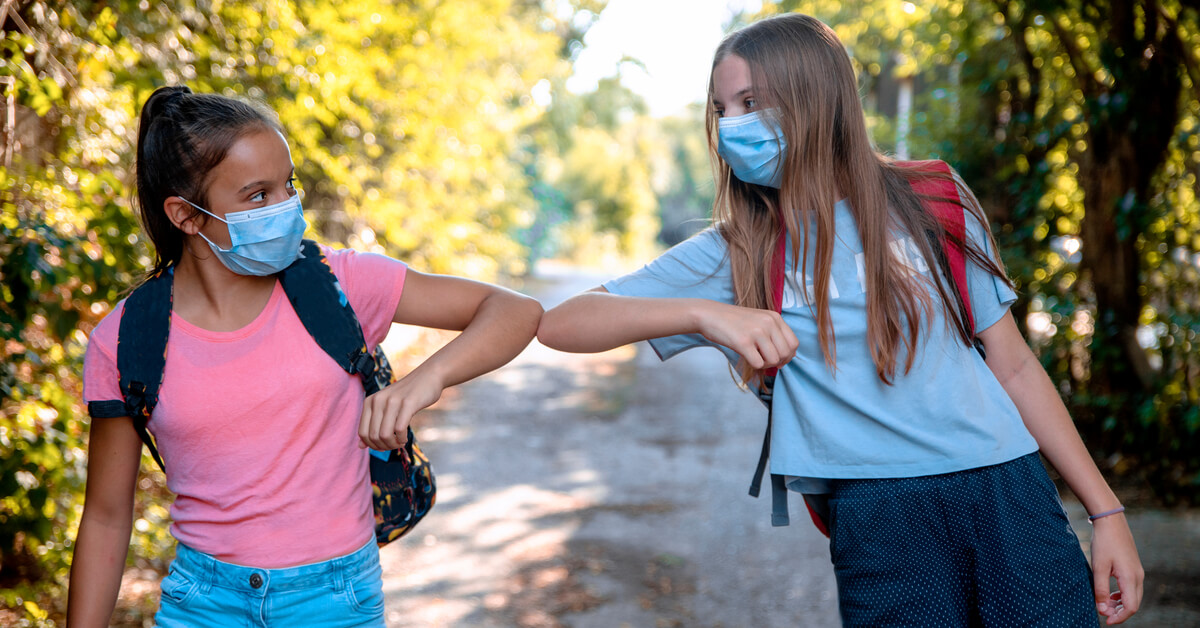In March, it will be two years since the pandemic has impacted our lives. Over the arc of this time, we have been given a healthy dose of uncertainty. For some, this spoonful of uncertainty has taken the shape of fears about the pandemic, loss, isolation, concerns about job security, political divisions, and social unrest. Uncertainty can be paralyzing if we let it, and it can also be freeing. It can be revolutionary if we know how to respond to it. Day-to-day uncertainty can be sustained, while perhaps the chronic sense of unpredictability can feel downright crippling.
Stress researcher Robert Sapolsky has extensive work on the power of a sense of control in his book, Why Zebras Don’t Get Ulcers, summarizing essential guidance to controlling our stress responses. In chapter 13, Sapolsky speaks to psychological distress, particularly how a bioengineer views the body’s response to stress and uncertainty, unlike their peers in the field, a biologist or physiologist. They “view the body a bit like the circuitry diagram that you get with a radio: input-output ratios, impedance, feedback loops, servomechanisms. I shudder even to write such words, as I barely understand them; but the bioengineers did wonders for…

